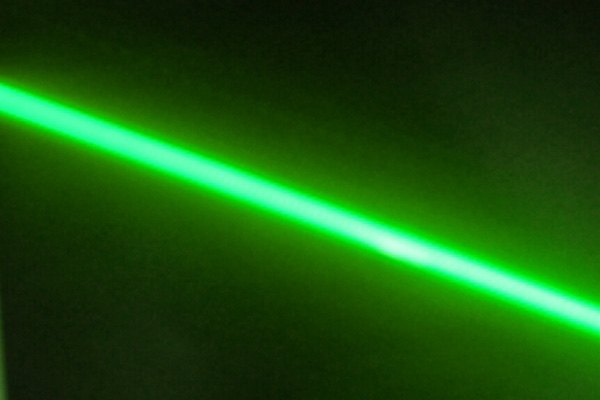
Breaking News
 $11 Trillion Quietly Moved - Americans Will Freeze & Obey When Market Collapse Hits : Chase Hughes
$11 Trillion Quietly Moved - Americans Will Freeze & Obey When Market Collapse Hits : Chase Hughes
 Econ 101 - 2026 Early Economic Forecast
Econ 101 - 2026 Early Economic Forecast
 Buy'r breaks the Blackrock monopoly- How the corporate club controls America
Buy'r breaks the Blackrock monopoly- How the corporate club controls America
 An AI Expert Warning: 6 People Are (Quietly) Deciding Humanity's Future! We Must Act Now!
An AI Expert Warning: 6 People Are (Quietly) Deciding Humanity's Future! We Must Act Now!
Top Tech News
 Build a Greenhouse HEATER that Lasts 10-15 DAYS!
Build a Greenhouse HEATER that Lasts 10-15 DAYS!
 Look at the genius idea he came up with using this tank that nobody wanted
Look at the genius idea he came up with using this tank that nobody wanted
 Latest Comet 3I Atlas Anomolies Like the Impossible 600,000 Mile Long Sunward Tail
Latest Comet 3I Atlas Anomolies Like the Impossible 600,000 Mile Long Sunward Tail
 Tesla Just Opened Its Biggest Supercharger Station Ever--And It's Powered By Solar And Batteries
Tesla Just Opened Its Biggest Supercharger Station Ever--And It's Powered By Solar And Batteries
 Your body already knows how to regrow limbs. We just haven't figured out how to turn it on yet.
Your body already knows how to regrow limbs. We just haven't figured out how to turn it on yet.
 We've wiretapped the gut-brain hotline to decode signals driving disease
We've wiretapped the gut-brain hotline to decode signals driving disease
 3D-printable concrete alternative hardens in three days, not four weeks
3D-printable concrete alternative hardens in three days, not four weeks
 Could satellite-beaming planes and airships make SpaceX's Starlink obsolete?
Could satellite-beaming planes and airships make SpaceX's Starlink obsolete?
Racing to Exawatt Class Lasers and Beyond

Peak laser intensity demonstrations have occurred on specific Nd:glass-based lasers:
* the Vulcan PW in the UK at 1 × 10^21 W/cm2 (2004);
* the Ti:sapphirebased HERCULES laser at the University of Michigan, USA at 1 × 10^22 W/cm2 (2004)
* J-KAREN-P in Japan at 1 × 10^22 W/cm2 (2018)
* record intensity of 5.5 × 10^22 W/cm2 was demonstrated at the CoReLS laser (2019)
Even the highest-peak-power laser systems (10 PW and beyond) proposed or already in commissioning make no exception to this trend and largely predict intensities of only up to 10^23 W/cm2
(notably L4-ELI, EP-OPAL , SULF and SEL).
A fundamental physics or engineering limit is not clear; however, material challenges such as imperfect diffraction gratings, optics and gain materials reduce the overall laser focusability in time and space.
The steady ascent of Ti:sapphire, OPCPA and Nd:glass technologies upward in peak power has, with the construction of several ten to multi-tens of petawatt systems, nearly reached the ∼100 PW limit of metre-scale gold diffraction gratings.

 First totally synthetic human brain model has been realized
First totally synthetic human brain model has been realized Mach-23 potato gun to shoot satellites into space
Mach-23 potato gun to shoot satellites into space

